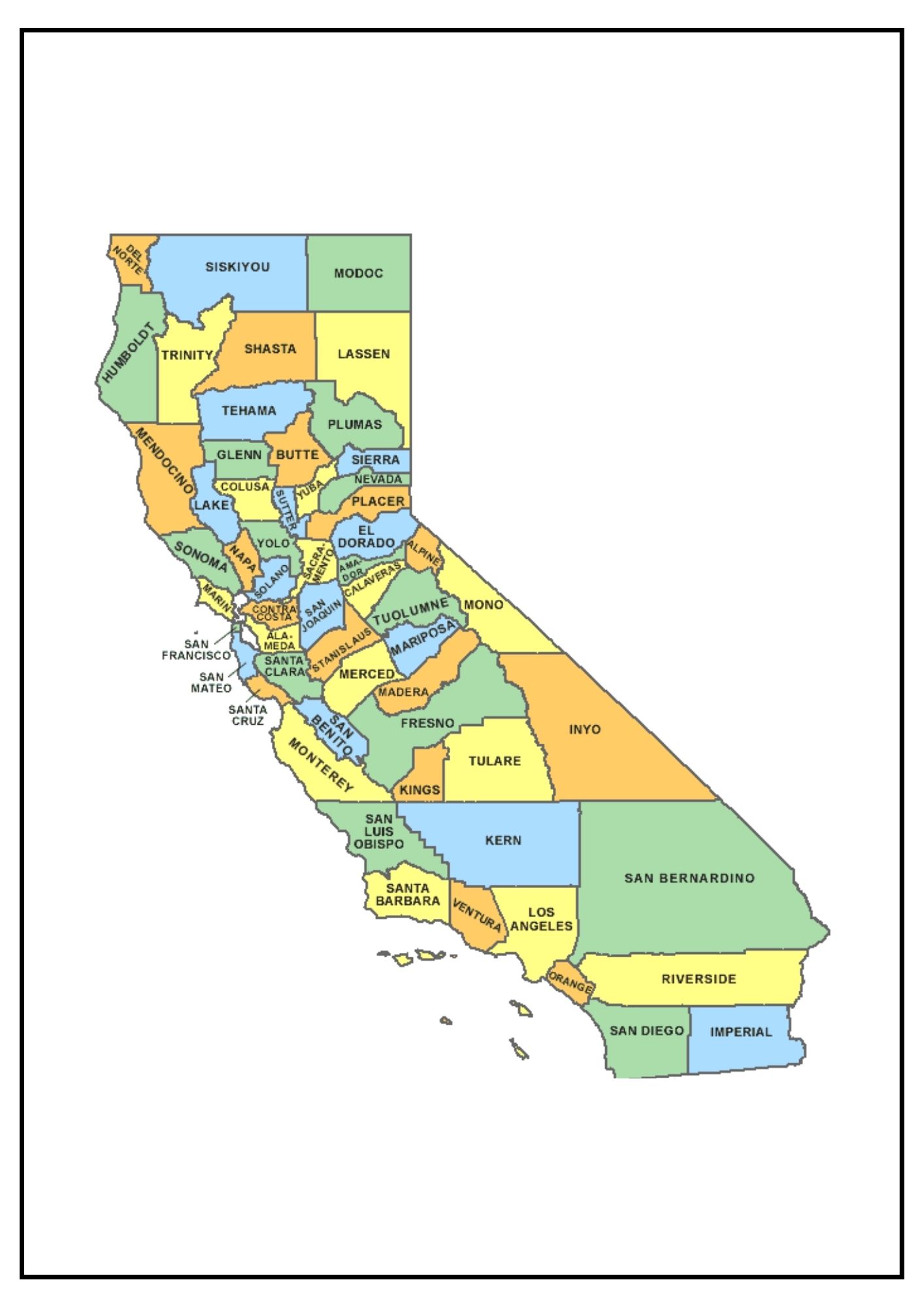How Many CA Counties? Definitive Guide for Visitors and Residents
How Many CA Counties? Definitive Guide for Visitors and Residents
Blog Article

Have you ever wondered how many counties are in California? You’re not alone. From trivia nights to travel planning, the magic figure 58 always surfaces, butthat short answeronly tells half the story.
California’s counties form an incredibly diverse mosaic: fog-kissed seaside towns, pine-covered mountain regions, fertile Central Valley breadbaskets, and historic mission settlements. Each county carries its own story, forged throughimmigration waves, promising new industries, and ever-changing demographics.
Over the next few pages, we’ll dig intohow the state’s county map froze at fifty-eight, the services counties deliver day-to-day, and the record-holders—from the tiniest to the most populous. Ultimately, you’ll have the numbers—and sound like a local expert with confidence.
How the Golden State Reached 58 Counties
When California joined the Union in 1850, the map contained barely half the jurisdictions we know now. A tidal wave of forty-niners and immigrants forced lawmakers to redraw borders. Before the century turned, the count had expanded toward 53 counties, and in 1907 the last adjustments were ratified, setting in stone the canonical figure of fifty-eight.
Assembly journals reveal that many break-away regions stemmed from three overlapping forces:
- Hundreds of rugged miles made court access impossible.
- Revenue battles pitting ranchers against merchants sparked break-ups.
- Ethnic enclaves demanded tailored governance.
In less than seventy years, the political map settled. In modern times, every effort to create county #59 stalls, leaving historians to label the era of county creation truly closed.
From Kelp Forests to High Deserts: County Geography
Plot a route from the Smith River watershed to the date groves of Coachella, and you’ll thread through dozens of ecosystems. Coastal counties soak up fog-cooled summers, while basin counties in the Central Valley record triple-digit heat.
- Sierra jurisdictions such as El Dorado, Tuolumne, and Sierra host ski resorts.
- Sacramento–San Joaquin fringe counties balance peat islands and orchards.
- Island counties like Ventura manage marine sanctuaries.
That geographic spread underpins why no two counties share identical economies. Climate, after all, shapes crops and careers.
What Counties Actually Do
Amid Sacramento’s delegated framework, cities tackle local bylaws, but counties are tasked with crucial baseline services that hold civilisation together. Life’s paperwork trail—vital records, coroner reports, property deeds—all sit at the county clerk or recorder.
Elected sheriffs patrol unincorporated land, while county benches hear felony cases. Health departments administer vaccination campaigns. Funding debates spark long agenda nights.
Case Study: Tiny Alpine County
Contra Costa partners with nearby cities for animal control, highlighting how elastic county governance proves. One template doesn’t fit all when budgets span five figures to double-digit billions.
Ultimately, county halls bridge Sacramento’s big laws and local reality. Knowing their role empowers voters.
Demographic and Fiscal Highlights
The state shelters over thirty-nine million people, but those citizens clusters unevenly. LA County by itself packs nearly 25 %. On the flip side, high-elevation Alpine rarely tops 1 200 inhabitants.
- Top headcount: County of Los Angeles
- Fewest people: County of Alpine
- Widest landmass: San Bernardino
- Smallest area: City & County of SF
Fiscal bandwidth mirrors population spread. Silicon Valley counties boast per-capita GDP rivaling small nations, while cotton-and-almond hubs depend on seasonal labour influxes. These fiscal contrasts informs legislative redistricting every decade.
Knowing which county tops which listmakes relocation plans simpler: county metrics shape property taxes and commute times.
Touching All Counties in One Journey
Adventure-hungry drivers, visiting every single county ranks as a top geo-challenge. One ambitious loop sets out in the south-west corner, heads north along Highway 1, swings through Santa Cruz, then zigzags across nut groves and tomato fields, before ascending into the high Sierra for historic gold-rush hamlets.
Three-Day County Clusters
- Coastal Kick-off – Border to wine country; ten jurisdictions in a long weekend of days.
- Crop-Belt Drive – Ventura to Sacramento; flat-land express.
- Northern Peaks – evergreen corridors; fire-lookout hikes.
Cap off the circuit in El Centro, having logged 1 400–2 000 miles. After that, you can confidently claim you know “how many counties California has”—because you’ve seen them all!
FAQ
Wondering how the county system works? Start with these quick answers.
How many counties does California have?
Government documents list fifty-eight counties—a number that hasn’t changed since 1907. Whether you ask the Secretary of State, the Census Bureau, or a local historian: 58.
Where do the most Californians live?
Los Angeles County tops the list, housing roughly one in four Californians. Decades of immigration, entertainment dominance, and job growth keep the numbers high.
Least populous California county?
Tiny Alpine County sits at the bottom of the population chart, with fewer than 1 200 inhabitants. Location along rugged mountain corridors limits large-scale development, preserving a frontier feel.
What is California’s biggest county geographically?
Geographic titan San Bernardino County encompassing deserts, mountains, and metro suburbs alike. From Joshua trees to ski lifts, few regions illustrate California’s contrasts so vividly.
Why does California have exactly 58 counties?
The current tally emerged from 19th-century partitioning, wrapping up after Imperial broke from San Diego in the early 20th century. While secession talk appears now and then, no plan has passed statewide hurdles.
Is it possible to form a 59th county?
Legally, yes—state law allows it, yet practical barriers loom large. Financial viability studies plus state-level sign-off deter most would-be county creators. That’s why no county lines have moved since the early 1900s.
Which responsibilities fall to county governments?
Counties handle the backbone of local governance: foster care, libraries, building permits, and superior courts. Remove counties from the equation, how many counties in the state of california and civil society would struggle to operate.
Report this page